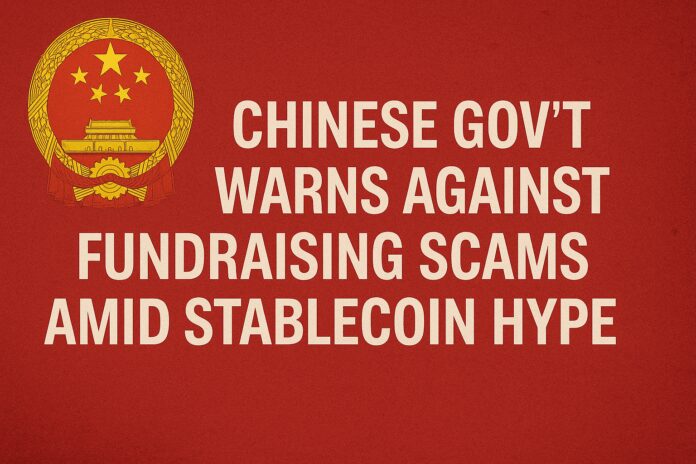As global stablecoin projects grow, Chinese regulators issue a fresh reminder: the line between innovation and fraud remains thin.
The news
According to Cointelegraph, the Chinese Public Security Bureau has issued a new warning about fraudulent fundraising schemes tied to stablecoin projects and digital assets. The agency stressed that unauthorized fundraising, token sales, or financial solicitations under the guise of “web3” or “blockchain innovation” are illegal and subject to criminal prosecution.
This comes just weeks after a renewed uptick in domestic crypto speculation, spurred by global interest in tokenized real-world assets, regulated stablecoins (like Paxos’ new euro-pegged EURL), and Hong Kong’s more open crypto stance.
What’s behind the timing?
The warning is not random — it reflects two parallel trends:
- China’s blanket ban on crypto trading and issuance remains intact, but enforcement often occurs in waves.
- Cross-border narratives, including U.S. spot ETF approvals and European MiCA frameworks, have reignited speculative interest in Chinese-language crypto communities — particularly around stablecoins like USDT, USDC, and algorithmic alternatives.
Authorities are responding to a resurgence of scams and Ponzi-like schemes attempting to capitalize on retail confusion between legal digital yuan pilots and unauthorized crypto activity.
What this tells us about China’s strategy
While mainland China has historically taken a hard line on crypto, its approach is strategically nuanced:
- It allows blockchain-as-infrastructure (e.g., the BSN, supply chain pilots)
- It tightly controls currency issuance (CBDC, not stablecoins)
- It selectively tolerates Web3 talent migration to Hong Kong, which has become a regulatory testing ground
The warning shows that China remains hyper-sensitive to financial control narratives, especially when they overlap with capital flight, retail fraud, or dollar-denominated shadow finance.
Critical reflections
1. Are stablecoins the new gray market?
In a country where capital controls are strict, stablecoins have long been a dollar-denominated escape valve. While China can ban the platforms, it cannot easily ban the code — making enforcement a constant cat-and-mouse game.
The new warning signals that informal USDT fundraising and wallet onboarding may be on the rise again — often targeting vulnerable retail users with promises of “guaranteed returns” or “low-risk staking.”
2. What’s the risk to real stablecoin projects?
Platforms like Tether, Circle, and Stably have largely avoided Chinese regulatory ire by not actively soliciting users in the country. But the line is blurry — if their tokens are used in illegal schemes, reputational fallout and platform de-risking may follow, especially by Asian payment processors or fiat gateways.
3. Will this chill Hong Kong’s regulated ambitions?
Not directly — Hong Kong’s regulatory carve-out for licensed crypto activity remains intact. But it will reinforce separation between SAR-based innovation and mainland enforcement. Chinese investors participating in Hong Kong-regulated crypto offerings may still face domestic legal risk if capital movement is interpreted as illicit.
Global context
While China cracks down on unauthorized stablecoin fundraising, other regions are going the opposite direction:
- The EU’s MiCA now includes provisions for regulated stablecoin issuance
- Singapore allows licensed firms to issue tokenized fiat under MAS supervision
- The U.S. Congress is debating the Clarity for Payment Stablecoins Act, with bipartisan support
In this context, China’s stance feels increasingly isolated — but also philosophically consistent with its broader approach to monetary control and retail risk prevention.
Bottom line
The warning is a reminder that while crypto is borderless, financial enforcement is not. For builders, investors, and intermediaries, the lesson is clear:
- Compliance must be local
- Narratives alone do not provide legal cover
- And in China, even indirect exposure to crypto-related capital formation can carry real consequences
While the rest of the world experiments with tokenized payments, China’s approach remains tightly guarded — the CBDC-first, stablecoin-last doctrine holds firm.



